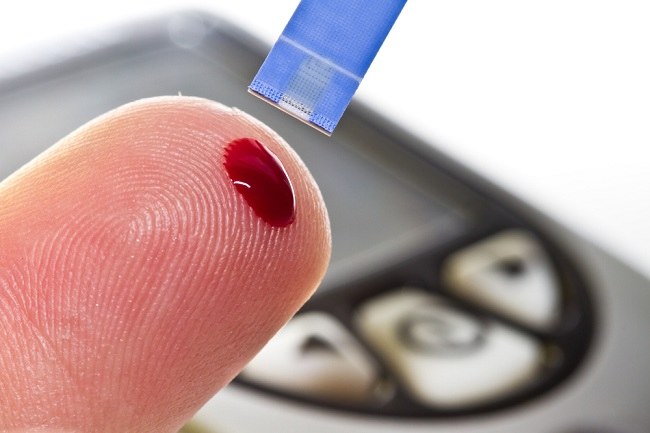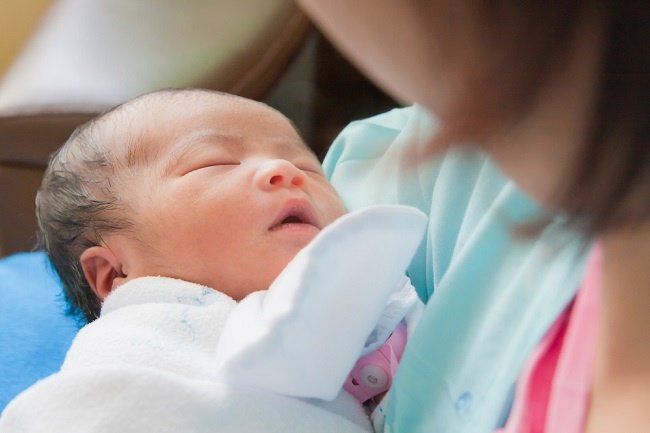One of the risks of cervical cancer treatment is the decreased level of female fertility. However, there are several ways that can be done to minimize the effect of cervical cancer treatment on female fertility and allow sufferers to have children.
Cervical cancer can be treated in several ways, including surgery, radiotherapy, chemotherapy. The goal of cervical cancer treatment is to kill cancer cells and prevent them from growing back. The type of treatment chosen will be determined by the doctor based on the stage and type of cancer, as well as the patient's condition.

Various Risks of Cervical Cancer Treatment on Fertility
The side effects and risks of cervical cancer treatment can vary, depending on the method used. However, in general, cervical cancer treatment can decrease a woman's fertility rate or cause infertility.
The following are some types of cervical cancer treatment and their effect on female fertility:
Operation
In cervical cancer whose condition is not severe, treatment can be in the form of a radical trachelectomy, which is surgery to remove the cervix, upper part of the vagina, and lymph nodes in the pelvic area. This procedure can be performed through normal surgery or by a laparoscopic technique.
Radical trachelectomy does not remove the uterus, so it is still possible for the patient to have children. However, if cervical cancer has spread widely or has entered an advanced stage, the doctor may also need to perform a hysterectomy, which is surgery to remove the uterus.
In a hysterectomy, the doctor will remove the vagina, uterus, ovaries, fallopian tubes, and lymph nodes around the uterus and cervix that have been affected by cancer.
Removal of the uterus makes the patient no longer able to have children. This procedure can also make the patient go through menopause earlier.
Radiotherapy and chemotherapy
Cervical cancer can also be treated with radiotherapy. This damage can be temporary and gradually improve after radiotherapy is stopped, it can also be permanent and cause infertility.
To prevent these side effects, doctors can perform surgery to move the ovaries. By temporarily placing the ovaries outside the pelvic cavity to avoid exposure to radiation, damage to the eggs and ovaries can be prevented.
In patients who are pregnant, radiation exposure due to radiotherapy can increase the risk of the fetus having premature birth, disability, or even miscarriage.
Another method of treatment is chemotherapy. Cervical cancer treatment can also reduce a woman's fertility rate, because the drugs used can cause damage to the eggs and ovaries.
Attempts to Have Children After Cervical Cancer Treatment
Some of the cervical cancer treatments above can reduce a woman's fertility rate, and even cause infertility. However, there are several ways that can be done to have children after cervical cancer treatment, namely:
- Test-tube baby
- Egg donor
- Embryo donor
The methods above can be done if the uterus has not been removed. If the uterus of a patient with cervical cancer has been removed or if the above efforts have not yielded any results, the last resort that can be taken is to adopt a child.
If you are still planning to have children but have to undergo cervical cancer treatment, ask your doctor about what treatment methods should be used and how to maintain fertility while undergoing treatment.









